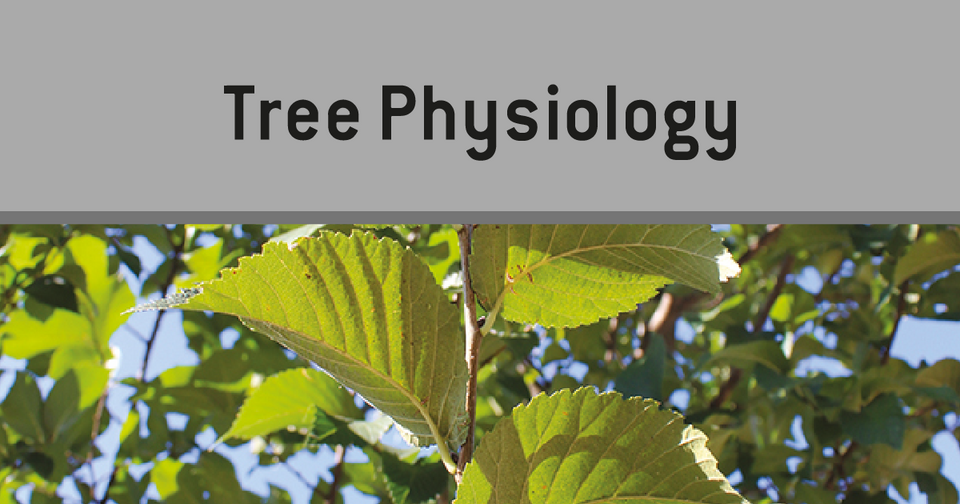Three new papers published in tree physiology

In the last few weeks we have published three new papers in Tree Physiology with data from our SCC II experimental forest in Hölstein.
Arend et al. report that year to year variability in leaf unfolding and the onset of stem growth in the spring are disconnected in temperate trees. This important finding questions the common assumption that an earlier onset of leaf unfolding due to global warming is linked to stem growth and carbon accumulation in trees.
https://academic.oup.com/treephys/article-abstract/44/2/tpad160/7504712?login=false
Wang et al. quantified minimal stomatal conductance in nine temperate tree species and shows the temperature sensitivity of this important trait. gmin was also upscaled to the canopy level to estimate how much water trees need per day, when stomates are fully closed during a drought. gmin of trees was approximately 1% of gmax but increased exponentially with rising air temperatures in all species. The authors estimate that depending on tree size and species, a minimum of 0.3 to 5.3 l of water are required per day for a tree in order to remain hydrated despite stomates being fully closed under ambient temperature conditions. These values increase, however, exponentially with temperature, stressing the threat that future hot droughts will impose on trees.
https://academic.oup.com/treephys/advance-article/doi/10.1093/treephys/tpae027/7614852?login=false
Zahnd et al. assessed the carbon balance of the upper sun exposed and lower shady canopy in different temperate tree species. They found that lower parts of the canopy have very similar seasonal NSC dynamics and concentrations between sun and shade branches. This suggests that carbon reserve dynamics are largely insensitive to both microclimatic gradients and that not only the leaves and branches of the upper canopy in trees but also lower branches in the shade are carbon autonomous.
https://academic.oup.com/treephys/advance-article/doi/10.1093/treephys/tpae005/7515139?login=false
Quick Links
